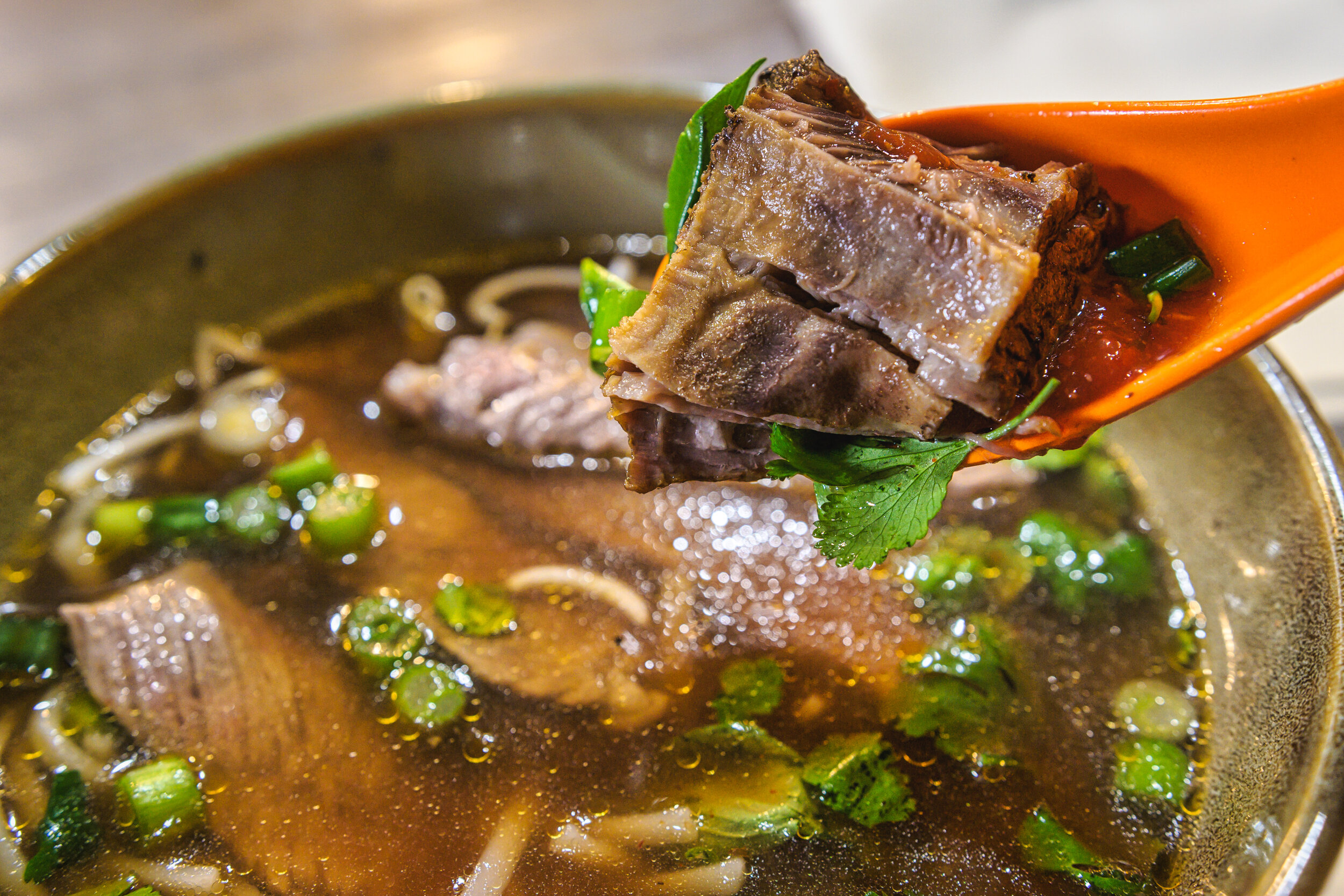“You can’t just eat good food. You’ve got to talk about it too. And you’ve got to talk about it to somebody who understands that kind of food.”
— Kurt Vonnegut
Let’s talk about Pho (pronounced ‘fuh’), the world-renowned Vietnamese food that is prepared with a rich broth, rice noodles, vegetables, and meat. The food with a pho-netic following serves up how-to doctrines at every corner of the internet paragraph after paragraph. Who knows. Maybe after having the “right” Pho, you too become passionate about perfection.
Pho is an incredibly exotic and appetizing soup that made its presence known globally in a relatively recent time in history and managed to swiftly warm its way to the heart of the West. The cascade of national and international political upheavals that nudged, pushed, and tossed this soup to different corners of the world lead it through a multitude of adaptations and revisions that are quite interesting to learn. Pull up a chair and have a seat, we’re about to nerd out.
Like most ancestral and traditional foods, the exact origin of Pho is poorly documented and there are disagreements over the exact cultural influences that shaped this food. However, food historians have been able to narrow down Pho’s overall tale to one that tangles with the French colonizers, civil war, and the ‘Nam.
Traditionally, the Vietnamese ate pork and chicken and considered cattle the beast of burden. Their French settlers and newcomers on the other hand, at beef which lead to the rise of demand for beef, which in turn made it more and more available in the Vietnamese market, which in turn made it available to people, which in turn made it available to being incorporated in Pho as part of its “traditional” recipe.
In 1954 with the Vietnam partition into North and South, government demands, and a shortage of beef the Vietnamese in the North began preparing Pho without meat and the creation of the vegetarian version of Pho. Vietnamese in the South, on the other hand, continued using beef, beef broth, and additional sauces which more or less preserved the original recipe.
During the Vietnam War, as the Vietnamese fled their country to find refuge in other countries, the southern version of Pho with beef was introduced to the world, and in the 1990s as US-Vietnam relations improved, Pho’s popularity grew exponentially in the USA. Today, Pho is served with lots of greens, herbs, and vegetables and its regional variations among the Vietnamese may feature meatballs, chicken, and even internal organs like the heart, undeveloped eggs, and gizzards. Sign me up!
What we’re cooking today more or less parallels the original Vietnamese soup, making broth from the bones, instead of using stock cubes because that certainly would be cheating if one is looking to prepare it traditionally. Have fun in the kitchen and keep a few notes in mind once you’re done. The broth should be just slightly salty so that after adding the noodles it doesn’t taste bland and the meat should be plentiful, tender, and not overly chewy. To get the doneness just right add the meat last on top of everything else as it comes to the table. Mix it in as you stir in the herbs.
Add the sriracha, hoisin, and lime juice to lift some of the flavors to your preference.
Enjoy.
